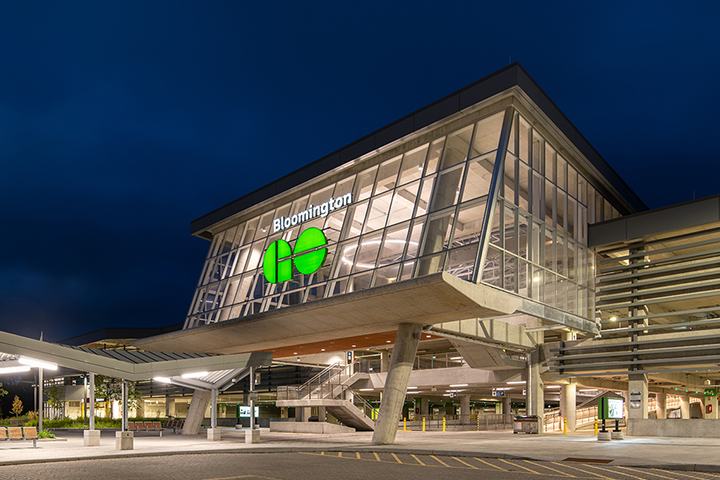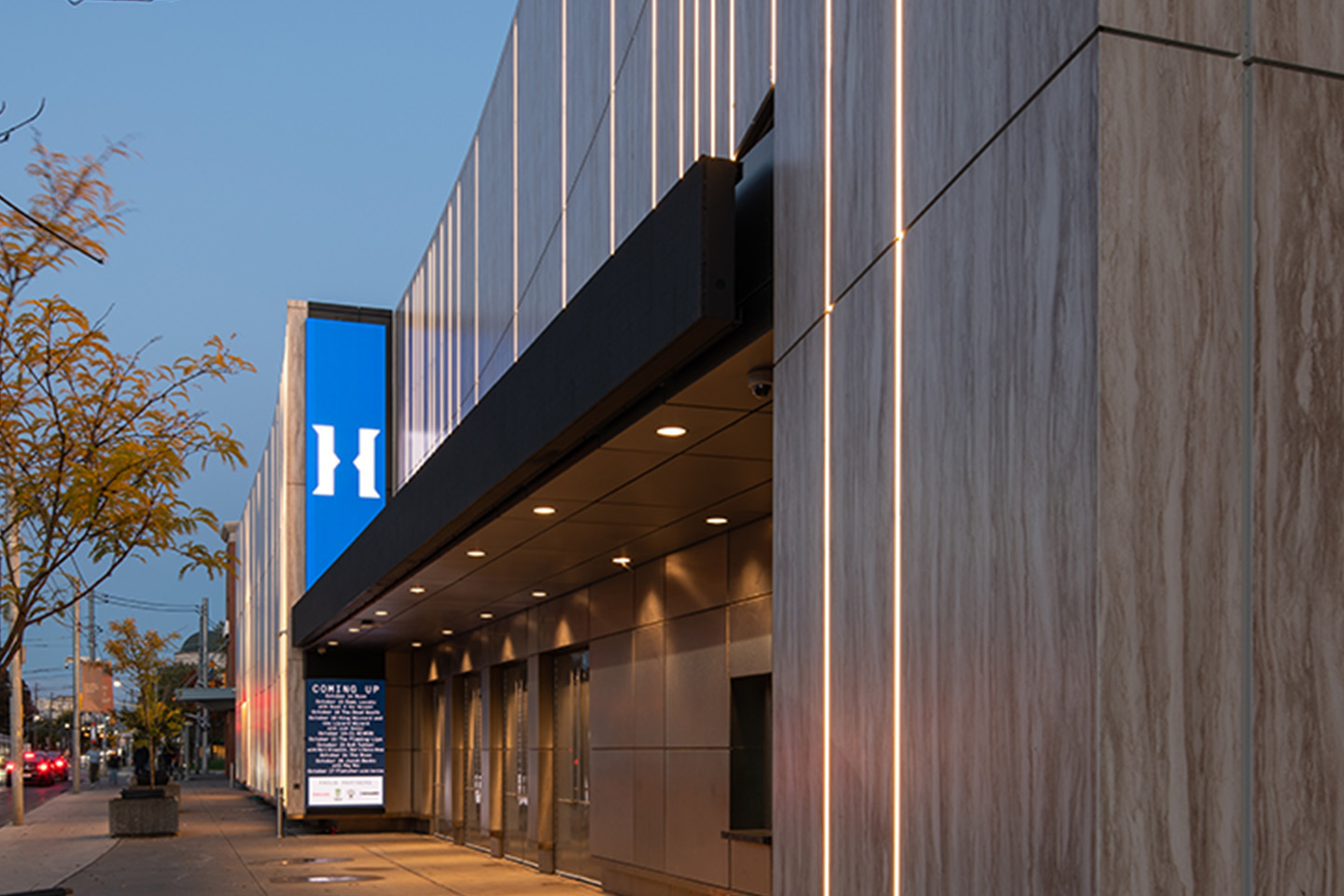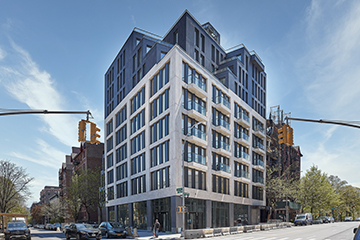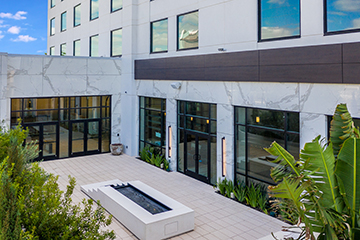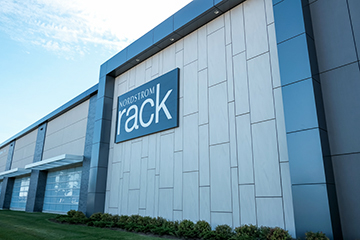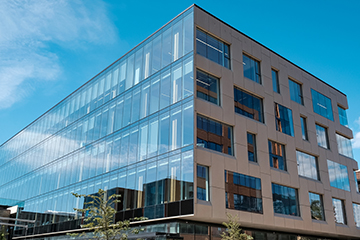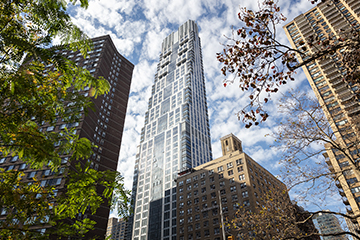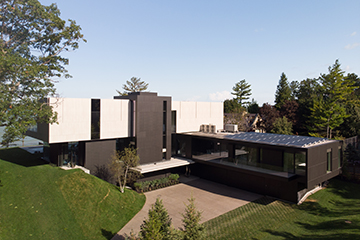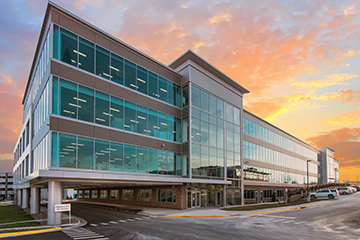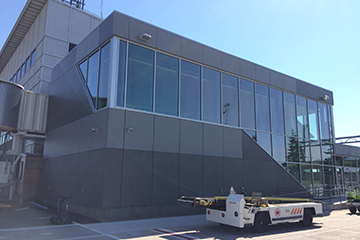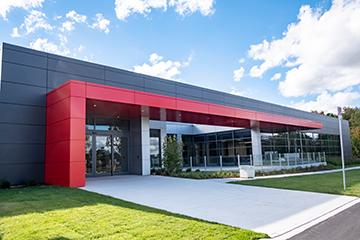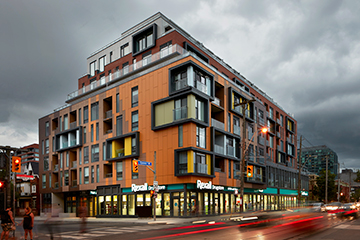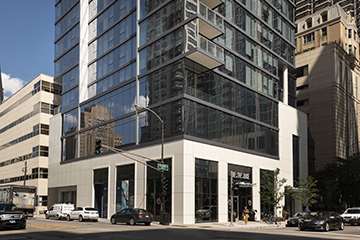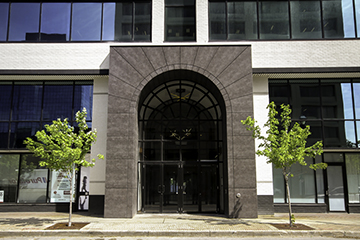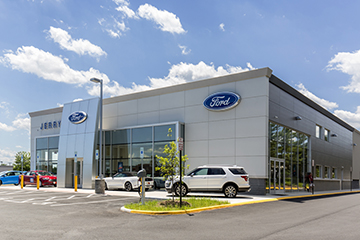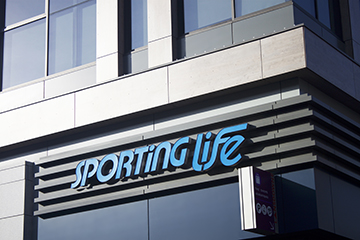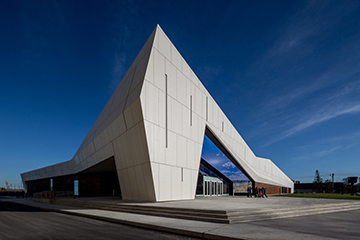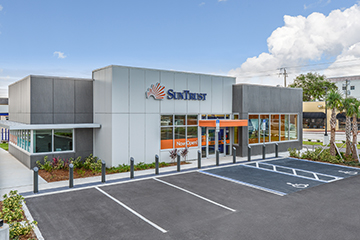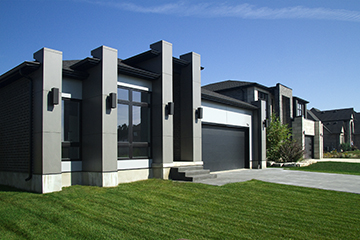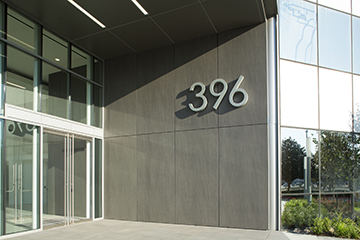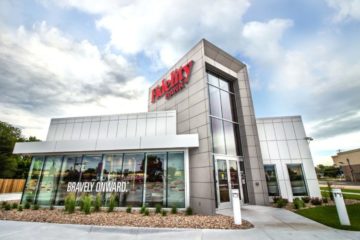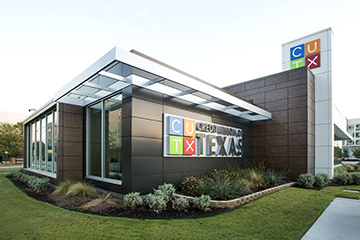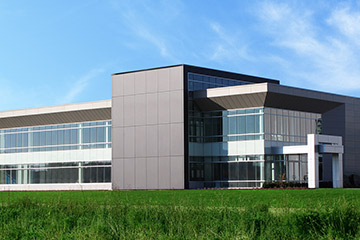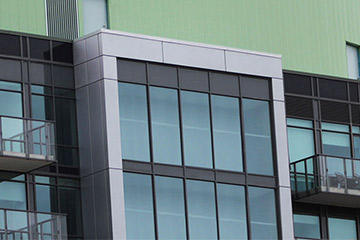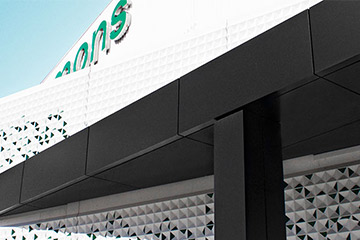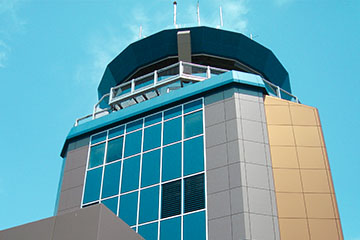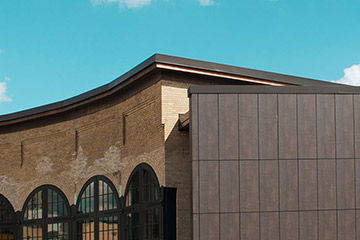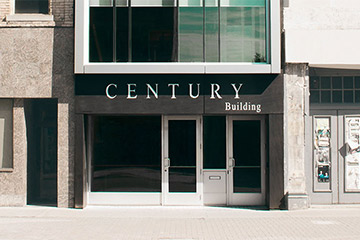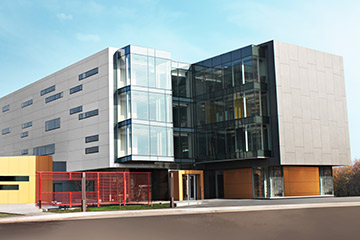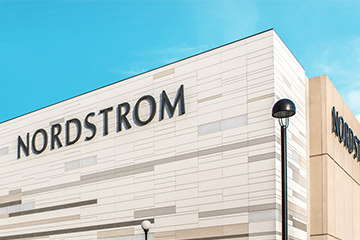What is Spalling?
Spalling is a form of surface deterioration that affects concrete, brick, and masonry structures. It occurs when pitting, flaking, delaminating, or cracks develop due to various environmental and structural stressors. Over time, spalling can worsen, leading to safety hazards and costly repairs.
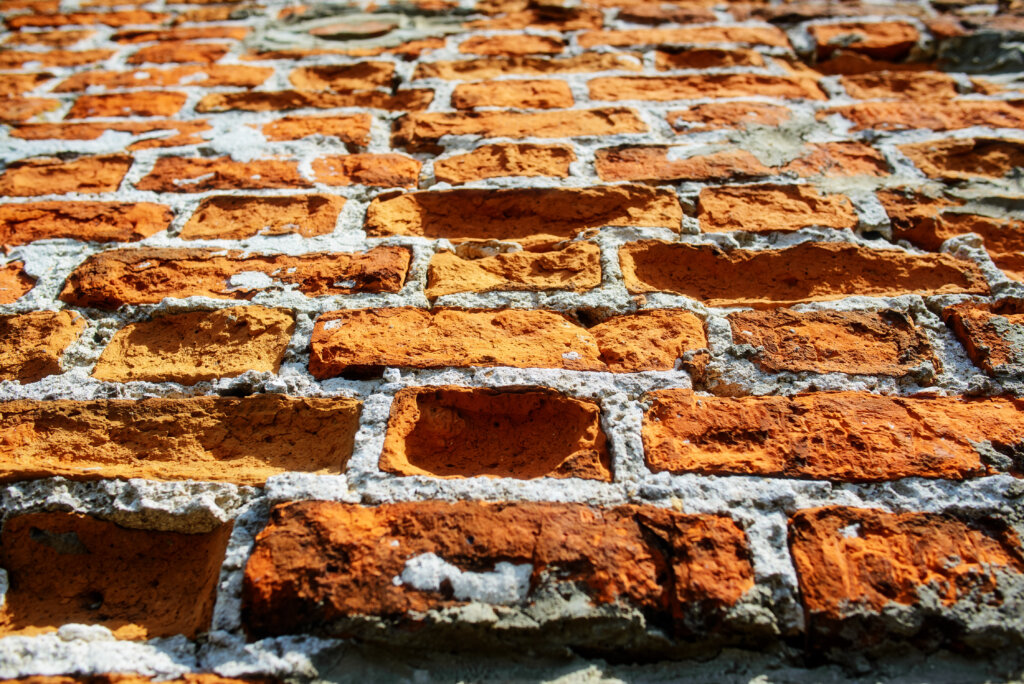
Why Does Spalling Happen?
Spalling primarily occurs due to moisture infiltration. When water seeps into porous materials and temperatures drop below freezing, the trapped moisture expands, causing the surface to crack and flake. Additionally, corroding steel reinforcement bars within concrete can exert pressure from the inside, further weakening the structure. Without intervention, spalling can progress and compromise a building’s structural integrity.
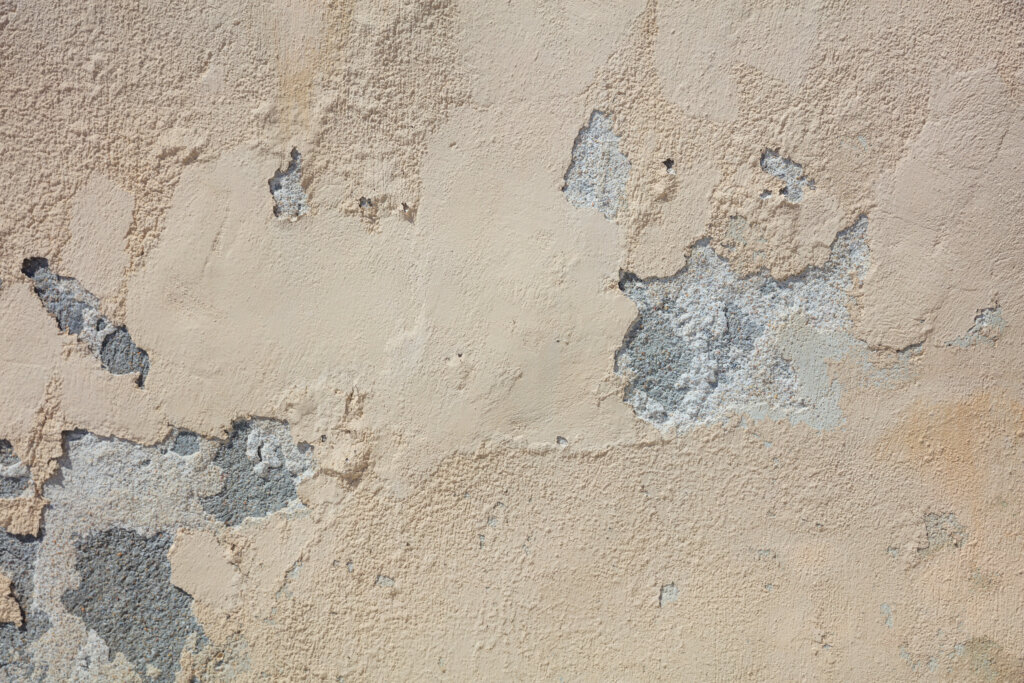
The Impact of Spalling on Buildings
Beyond being an eyesore, spalling presents real challenges:
- Aesthetic Degradation – Peeling, flaking, and cracked surfaces make buildings look neglected.
- Structural Risks – Over time, unchecked spalling can lead to deeper material loss and potential failure.
- Safety Hazards – Loose or falling debris can pose a risk to pedestrians, and uneven surfaces can become trip hazards.
- Property Devaluation – A building with visible deterioration may experience lower property value and reduced curb appeal.
Temporary Fixes vs. Long-Term Solutions
Many building owners resort to patching or resurfacing spalled areas. While these methods may offer short-term relief, they don’t prevent the underlying causes of spalling, meaning the problem will likely return. To truly eliminate spalling, choosing the right facade materials is critical.
A Smarter Alternative: Ceramitex Sintered Ceramic Facade System
Ceramitex by Elemex provides a superior solution to spalling-prone materials. Unlike concrete and brick, Ceramitex is non-porous, meaning it does not absorb moisture. This eliminates the risk of water infiltration, freezing expansion, and subsequent cracking or flaking.
Key Benefits of Ceramitex:
- No Cracking or Delaminating – Engineered under high heat and pressure, Ceramitex is resistant to extreme temperature changes and structural movement.
- Moisture Resistance – Unlike traditional masonry, sintered ceramic does not absorb water, preventing freeze-thaw damage.
- Graffiti, Scratch, and Impact Resistant – Its durable surface withstands environmental and human-made damage.
- Long-Term Durability – Built to last, Ceramitex requires minimal maintenance and keeps its pristine appearance for decades.
The Elemex 360° Advantage
Choosing Ceramitex means getting more than just a premium facade system. With Elemex’s 360° Advantage, you receive comprehensive support, from design assistance to precision fabrication, efficient installation, and ongoing service. Architects and builders can have peace of mind knowing their projects will stand the test of time without the risks associated with spalling.
Future-Proof Your Building’s Exterior
If you’re designing a new structure or retrofitting an existing one, don’t let spalling become a problem. Choosing a sintered ceramic facade like Ceramitex ensures long-lasting durability, aesthetic appeal, and cost-effective maintenance.
To learn more about how Ceramitex can prevent spalling and enhance your project, contact us at info@elemex.com or visit our website for more details.
Elemex Architectural Facade Systems
530 Admiral Dr,
London, ON
N5V 0B2
Canada
+1 844-435-3639

